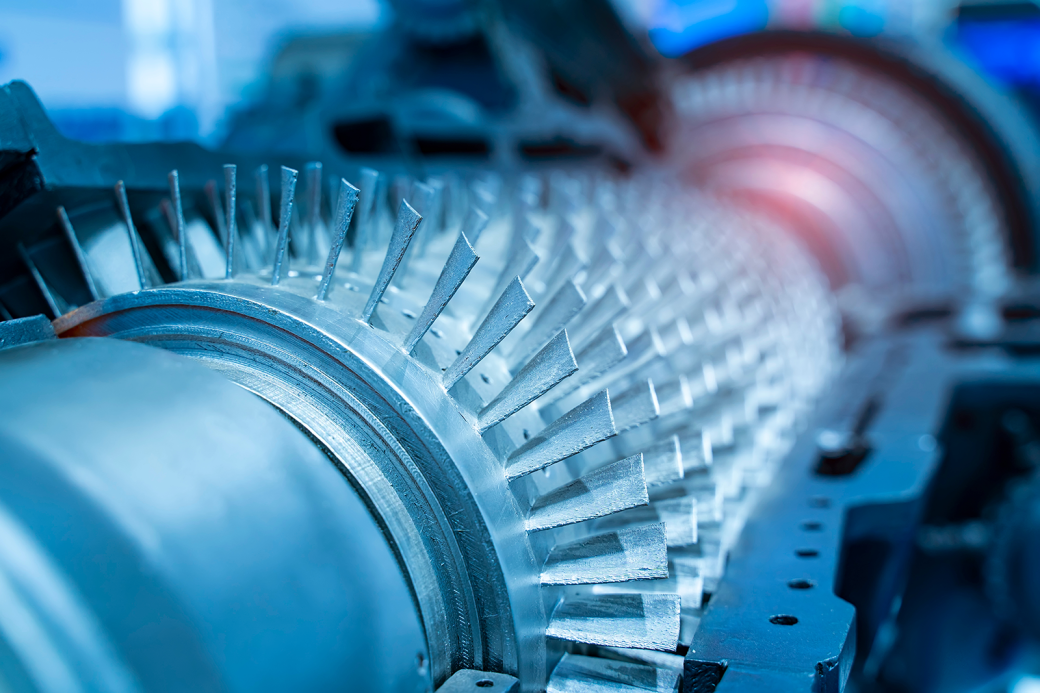
This study shows how leading gas turbine manufacturers have significantly curbed CO2 emissions by integrating hydrogen into the fuel gas mixture.

The power generation industry keeps changing as it looks to find cleaner energy options. One of the most promising developments includes blending hydrogen and ammonia with natural gas in gas turbines. This fresh approach, championed by companies like IHI, Mitsubishi, and GE, holds significant promise for shaping the future of power generation. Consider this:
The potential impact of using ammonia and hydrogen in power generation is enormous. Let’s explore four reasons why blending hydrogen and ammonia in gas turbines is key to cleaner energy.
Hydrogen burns cleanly, leaving only water vapor behind, while ammonia also avoids CO2 emissions. Replacing a significant portion of natural gas with hydrogen or ammonia in turbines can drastically cut your greenhouse gas (GHG) emissions, as shown in Figure 1. Gas turbines modified to handle up to 75% hydrogen have shown they can cut CO2 without losing efficiency.
Burning hydrogen typically leads to higher NOx emissions because it burns at a higher temperature. Ammonia, however, combusts at lower temperatures, which means it produces lower thermal NOx emissions. Moreover, using advanced combustion strategies, such as the Rich-Quench-Lean staged combustion, you can cut ammonia's NOx emissions to as low as 10 ppm to outperform hydrogen in emission efficiency.
Hydrogen and ammonia blends allow gas turbines to operate efficiently across various load conditions. Rigorous computer models using Petro-SIM® technology lets you test "what-if" scenarios to optimize turbine performance and emission profiles, as shown in Figure 2. For instance, simulations have shown that gas turbines using a 75% ammonia blend can perform just as well while lowering overall NOx emissions when the Rich-Quench-Lean combustion strategy is applied.
We can retrofit gas turbines to use hydrogen and ammonia blends and leverage existing infrastructure. This adaptability offers you a cost-effective transition strategy to reduce emissions in your plant with your current equipment, as shown in Figure 3. Modifications such as adding ammonia-specific combustion technology are already proven in real-world scenarios.
Blending hydrogen and ammonia into gas turbines presents a practical approach to reach net-zero carbon goals while addressing the dual challenge of tackling CO2 and NOx emissions.
Hydrogen and ammonia provide a stable, low-emission energy output, making them a promising solution for cleaner power generation. While neither of these fuels emit CO2, hydrogen produces higher NOx, and ammonia reduces thermal NOx but introduces fuel NOx. Advanced combustion technologies can cut ammonia's NOx emissions by 99%, positioning it as a superior option for reducing both CO2 and NOx in power generation.
By enhancing the combustion process and using digital twins for operational insights, your gas turbines can play a pivotal role in the shift to clean energy. As the energy sector adjusts to stricter regulations and the need for sustainability, blending hydrogen and ammonia emerge as a key strategy in Bringing Decarbonization to Life®.